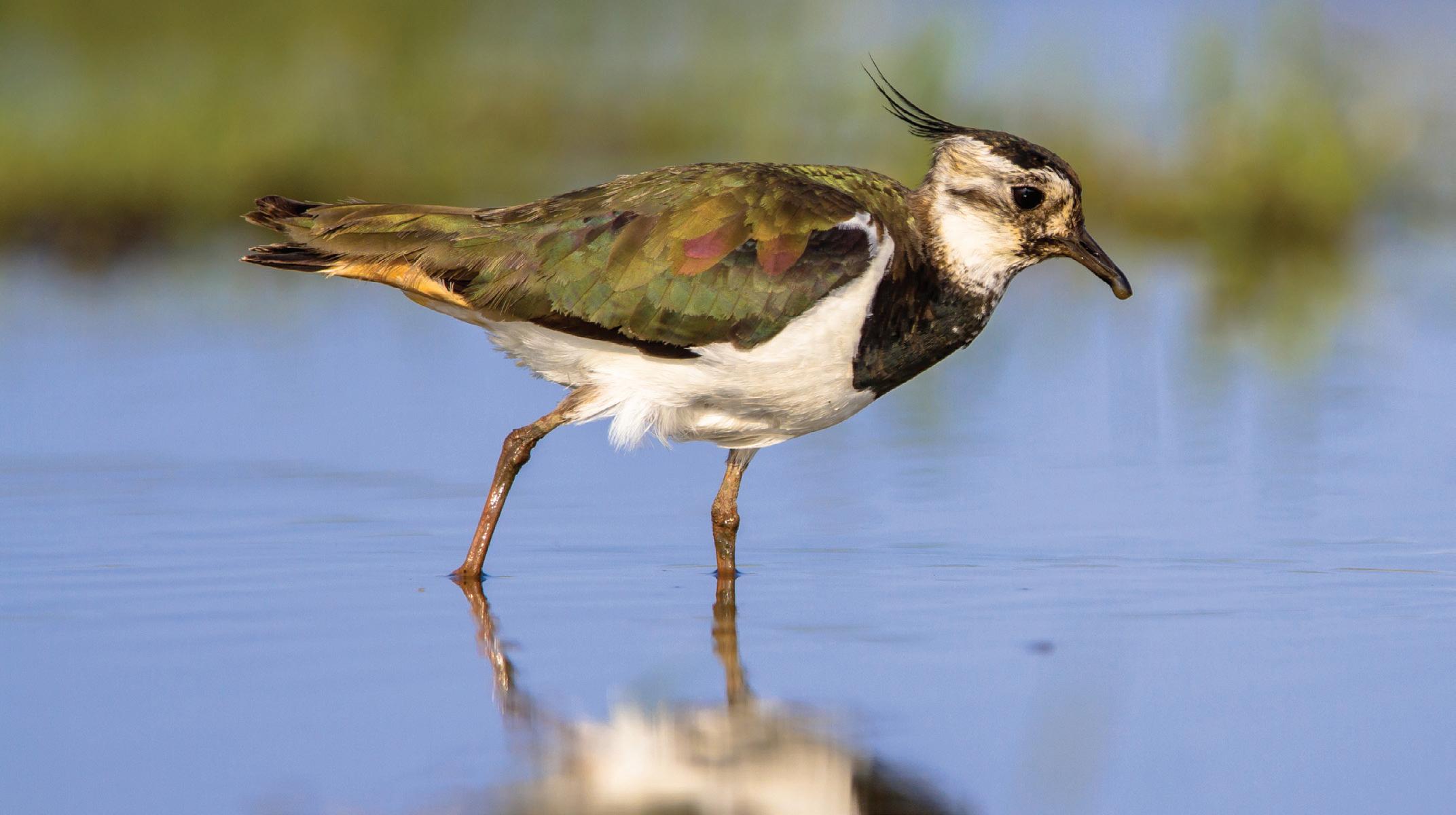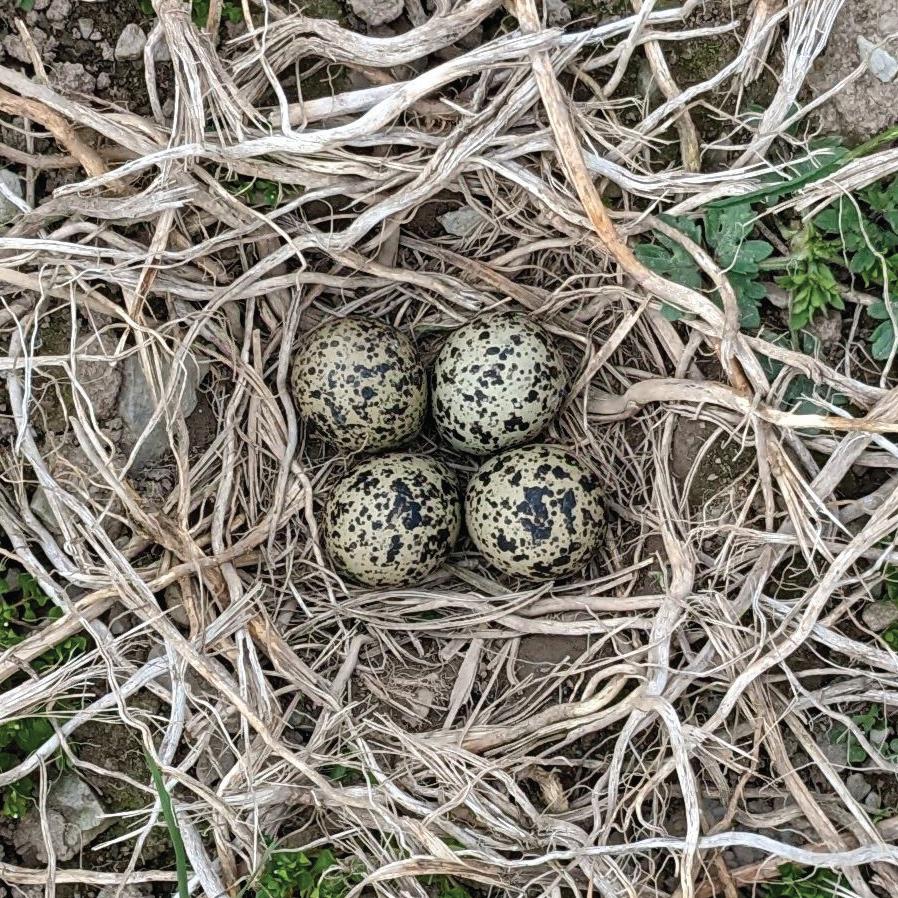
1 minute read
Turning the tide on lapwing decline
JENNIFER STRUTHERS, SENIOR CONSULTANT
In certain parts of the world, and some might say all too often, farmers are vilified as being the root of the problem. While some might accept that they are not without flaw and there is room for improvement, it should also be recognised that farmers can play an integral role in working towards a solution.
Here in Scotland, SAC Consulting has been integral in a project where one group of farmers, from the Clyde Valley, are aiming to turn the tide on the worrying decline of one of the country’s key bird species, the Lapwing, by altering their farming practises and returning small areas of grassland to a cropping rotation.
The dramatic change in our agricultural landscape over the decades is undeniable as businesses have increased mechanisation, striving to increase production. The historic move away from hay to multi cut silage is one often lamented as a nail in the coffin for many ground nesting birds.
Upland farms now no longer grow a crop of oats for horses or turnips for cattle, and few upland farms can economically justify growing barley. This reduction in diversity of habitat on farms has had negative effects on the wader population.
With the valuable support of Naturescot and Working for Waders, the farmers have found that returning small areas to crops, namely hybrid Kale varieties, has increased biodiversity on their farms.
These crops have been monitored for nesting success of farmland wading birds, predominately Lapwing, and have reported 75% nesting success in comparison with neighbouring grassland fields.

Grazing the brassica crops with sheep until the beginning of March followed by a period of stock exclusion until late June seems to have contributed to the excellent hatching success.
In most instances, these plots cover a small percentage of total farmed land but have yielded a significant response in the limited number of species monitored. Additionally, these crops should also benefit other species, providing overwintered feed for birds, small mammals and invertebrates.
Other birds were noticeably using the bare earth on the plots to forage for insects. Farm productivity has also benefitted with the brassica crop used to feed lambs, which have in turn fertilised the soil and allowed an entry for a grass reseed improving the overall grassland.
These practises are nothing new and clearly demonstrates that some of the problems we face do not necessarily need complex solutions. Commercial farming and nature can (and does) work together, with small changes making the world of difference.
jennifer.struthers@sac.co.uk










